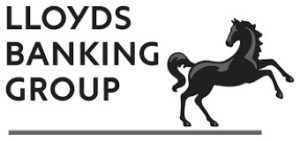
Balanced Leadership: assessment; development; coaching
Helping a fast-growing FinTech firm develop its senior leadership team - delivering the aims of a new investor.

Balanced Leadership as a Strategic Enabler
An evidence-based approach to Leadership Development
Coaching at both an Individual and Team level
Balanced leadership as a strategic enabler
ENGAGE was commissoned by a fast-growing niche FinTech firm that had recently received substantial investment.
Identifying that the leadership demands of the organsiation had changed, it needed to focus on developing the C-suite to be more balanced, able to communicate with and connect to employees at every level.
At the same time, leaders needed to retain big picture thinking alongside a focus on results and building high potential. This would enable them to focus on delivering improved organisational performance while also driving better employee experience.
An evidence-based approach to leadership development
Leaders undertook a series of diagnostics to enable ENGAGE to identify what a development ‘blueprint’ would look like for them. This was built on measurable outcomes that were agreed with both the CEO and key investors.
Using a range of assessments including psychometrics, multi-rater tools, depth interviews and expert observations, ENGAGE was able to create development blueprints that were based on hard-data and evidence both for each individual, and for the team as a whole.
The blueprint was used as the development roadmap over six months. A similar assessment process was used at the end of this period to measure progress and evidence ROI.
Effective coaching at an individual and team level
Each ExCo member was assigned a coach based on their development goals. Coaching sessions were held on a monthly basis over the six-month period, with regular check-in in between on any urgent or important matters.
Sessions were based on the goals in the development blueprint, but ENGAGE coaches were flexible in discussing any ‘front-of-mind’ subjects that the coaches wished to talk through. Concurrent team coaching involved working with the ExCo at their regular meetings and introducing content relating to them as a team.
This included aggregate psychometric profiles and 360 data, as well as feeding back observations regarding behaviour towards each other at these meetings, and the impact of this on their colleagues.
Over the six month period this has allowed the ExCo to move from a group of talented individuals to a high-performing team – as evidenced by feedback from investors, the CEO and employees – as well as a clear uplift in achieving business performance.









